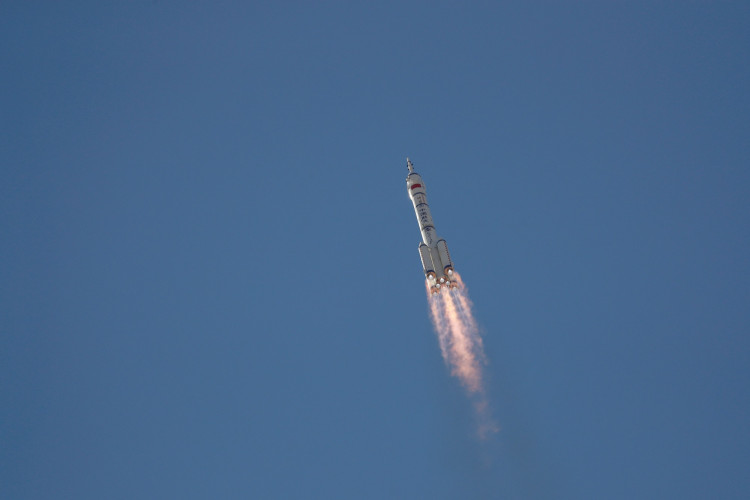With two missions launching within 24 hours of one another, China is still on track to conduct more than 50 orbital launches this year.
The three satellites will mostly be used to "perform research experiments, land resource assessments, yield estimation of agricultural products, and disaster prevention and reduction," according to the Chinese state media outlet Xinhua(opens in new tab).
At 10:08 p.m. local time, a Kuaizhou-1A rocket launched from Jiuquan Satellite Launch Center in northwest China's Gobi Desert using a transport erector launcher.
The Tianxing 1 satellite was launched into a near-polar orbit, but with relatively low perigee and apogee (nearest and farthest points from Earth in its orbit) of 173 miles and 181 miles (278 and 291 kilometers, respectively).
Little is recognized about Tianxing 1 and its ability to significantly raise its orbit. According to SpaceNews(opens in new tab), the satellite was developed by the Institute of Mechanics of the Chinese Academy of Sciences (CAS) and was described vaguely by Chinese media as being used for "space environment detection."
The launch was the Kuaizhou-1A's first flight since disappointments in December 2021. Space is a subsidiary of the China Aerospace Science and Industry Corporation (CASIC), a state-owned defense conglomerate with commercial space plans of its own.
CASIC is a subsidiary of China Aerospace Science and Technology Corporation (CASC), the country's primary space contractor and operator of the Long March rocket families.
CASC conducted its launch a little more than 24 hours later, with a Long March 2D rocket taking off from Xichang Satellite Launch Center in the country's southwest on June 22 at 10:22 p.m.
Three Yaogan 35 (02 groups) satellites were launched into orbits with an average altitude of about 310 miles (500 kilometers) and an inclination of 35 degrees. In November 2021, the first batch of Yaogan 35 satellites was launched.
Yaogan Weixing usually shortened to Yaogan - is a name given by China to many of its military satellites, similar to Russia's and the United States' "Kosmos" and "USA" designations. Individual spacecraft under the Yaogan umbrella perform various surveillance and national security missions for the Chinese government, even though they are all operated by the Ministry of Agriculture.
Yaogan satellites are thought to be used for military reasons outside of China, similar to how Russia and the United States designate their military satellites as "Kosmos" and "USA," respectively.





